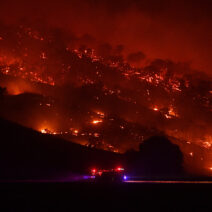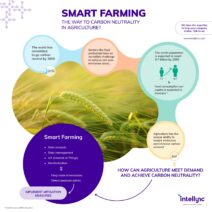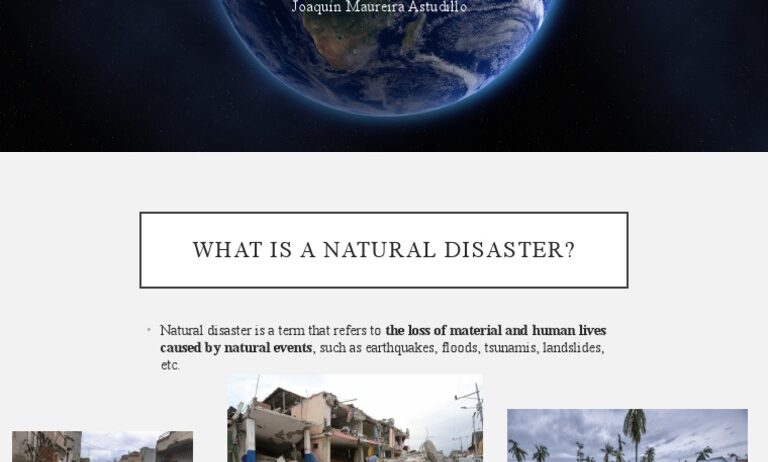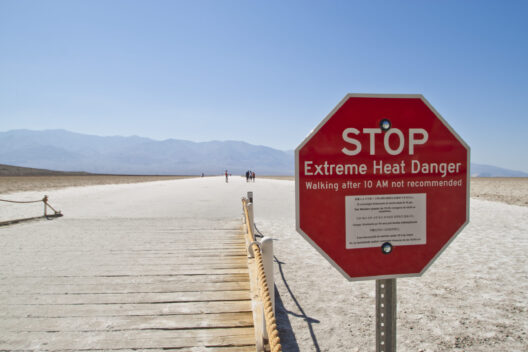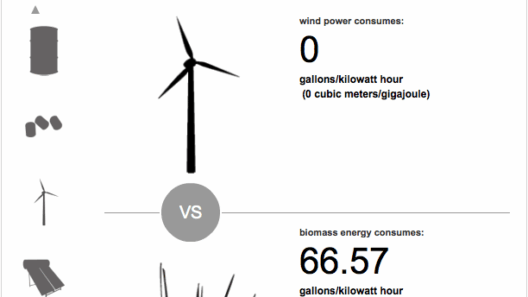As we continue to navigate the complexities of climate science, a pressing question lingers: Does global warming increase the power and frequency of natural disasters? This inquiry invites us to consider the intricate web of relationships between rising temperatures, atmospheric anomalies, and the resultant havoc wrought by natural events. Understanding this interconnection requires an exploration of the effects of climate change on various types of disasters, from hurricanes to wildfires, and the societal implications of these phenomena.
To embark on this exploration, we first need to comprehend the underpinnings of climate change. Global warming, primarily driven by human activities such as burning fossil fuels and deforestation, has led to a pronounced increase in greenhouse gases in the atmosphere. These gases trap heat, resulting in a gradual rise in global temperatures. This warming alters environmental patterns and destabilizes ecosystems, preparing the ground for more frequent and severe natural disasters.
Consider the phenomenon of hurricanes. The statistical correlation between elevated sea surface temperatures and intensified hurricane activity is compelling. Here’s where the playful aspect of our inquiry comes into play: Imagine the ocean as a giant fuel tank, and as it warms, it becomes more volatile—ready to unleash ferocity upon coastal communities. Warmer seas enhance the potential energy available to storms, increasing their intensity. Moreover, warmer air can hold more moisture, yielding heavier rainfall during these storms. This duality creates a paradoxical challenge: while climate change is an abstract concept to many, its manifestations are painfully tangible in the communities that bear the brunt of increasingly catastrophic hurricanes.
Further complicating this narrative is the interplay between global warming and wildfires. The frequency and severity of wildfires have surged in recent years, particularly in regions susceptible to drought and heat waves. Higher temperatures evaporate moisture from the soil and vegetation, creating a tinderbox scenario. When a spark ignites this dry foliage, the fires can spread with astonishing rapidity and destruction. Herein lies the challenge: as ecosystems shift under the strain of a warming climate, areas once resilient to fire are transformed into landscapes primed for devastation. In essence, global warming reshapes our environment, contorting the natural balance and producing conditions that favor catastrophic fires.
Flooding is another disaster intrinsically linked to climate change. Rising sea levels, a direct consequence of melting polar ice and thermal expansion of water, inundate coastal areas. Simultaneously, increased atmospheric moisture translates into more significant rain events, overwhelming drainage systems and causing widespread urban flooding. A disconcerting question arises: What will be left of our coastal cities as they wrestle with the dual threats of inundation and extreme storms? Societies must reevaluate their infrastructure resilience in the face of escalating water-related calamities.
Earthquakes, while not caused by climate change, complicate this discussion. The stresses placed on geological systems by melting ice sheets and shifting tectonics can affect seismic activity. This leads to an important challenge: predicting and preparing for earthquakes in a world that is constantly changing. Communities in seismically active regions should prioritize not only robust response strategies but also proactive measures in design and urban planning that factor in the exacerbating effects of climate change.
As we examine these various disaster types, it becomes evident that the human cost of these events is profound. Vulnerable populations, particularly in developing countries, often suffer the most severe consequences. The trajectory of climate change engenders a stark reality where socioeconomic disparities are exacerbated. The question emerges: How can we implement equitable strategies for disaster preparedness and response? Climate justice must be at the forefront of conversations surrounding resilience and adaptation.
To sum up, the relationship between global warming and the power and frequency of natural disasters is a complex tapestry woven from various environmental threads. Climate change amplifies the intensity of events such as hurricanes and wildfires while contributing to flooding and indirectly impacting seismic activity. The implications are dire, but they also present an opportunity for transformation. Communities can no longer afford to be passive bystanders; they must enact proactive measures to mitigate the impact of these disasters.
Engaging in robust urban planning, investing in resilient infrastructure, and fostering community awareness are vital steps. Additionally, global cooperation in combating climate change is imperative. As the impacts of natural disasters become increasingly acute, we find ourselves at a crossroads where the choices we make today will reverberate through generations. Let us be the stewards of change—embracing the challenge posed by climate change and striving to create a sustainable, equitable future.

